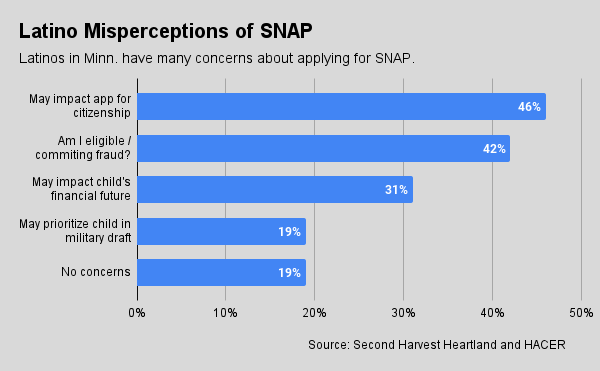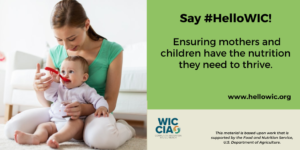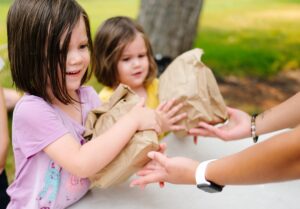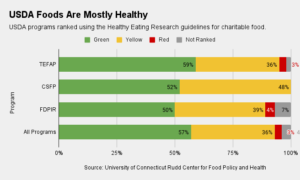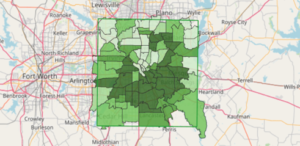When Second Harvest Heartland of Minn. sponsored a study to better understand SNAP usage among Latinos, it was not much of a surprise to discover that the community had numerous misconceptions about the program.
A few specific misperceptions did surprise though, such as the belief that SNAP applicants’ children would have to repay SNAP benefits once they reached adulthood or would be first in line in a military draft.
Second Harvest Heartland undertook the study to increase its understanding of SNAP awareness and engagement within the state’s Latino population. The latest Map the Meal Gap shows that 2021 food insecurity rates in Minnesota’s Latino community (17%) are more than three times that of white, non-Hispanics (5%).
“This study gave us more clarity on the information people need and the myths we need to help dispel,” said Sarah Peterson, Second Harvest Heartland’s Director of Neighbor Services.
The study, conducted by Hispanic Advocacy and Community Empowerment through Research (HACER), found that a lack of information in Spanish and low interpretation support complicate an atmosphere of misinformation within the community. A combination of intentional outreach and information in plain Spanish are needed to surmount these barriers, the study concluded.
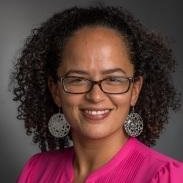
While most respondents (73%) believe SNAP would benefit them, only 40% reported that they know how to apply. Forty-six percent believe applying for SNAP will negatively affect a residency or citizenship application, a lingering effect of the Trump Administration’s efforts to expand the public charge rule, and 50% believe misinformation is the biggest reason Latinos don’t apply for SNAP.
The study highlighted how best to share information with the Latino community. “We heard from the respondents that outreach in trusted places like churches, markets, schools, is a great way to reach people. And to offer the information in their language and in a conversational format so that they can ask questions.” From there, Peterson said, she hopes the community network will kick in. “Hopefully, they will then go out and spread that information in their networks.”
Like many food banks, Second Harvest Heartland has struggled to meet increased demand in recent years. Its 15-person SNAP outreach team uses a combination of “boots on the ground outreach” and application assistance, Peterson said.
The food bank is addressing the need by striving to meet neighbors where they are. A virtual hub, currently in development, will allow neighbors to access all of the food bank’s programs, including SNAP assistance, through one point of entry — online, via text, or, eventually, via chatbot. It will be staffed by “a team of navigators who are knowledgeable in all of our programs, who can triage that initial contact and get them to the right program or food resource,” Peterson said.
To create “an equitable experience for non-English speakers,” the hub will offer navigators and specialists fluent in Spanish, Hmong, and Somali, the three most widely spoken, non-English languages in the food bank’s service area, Peterson said. This can be particularly important for lengthier interactions, such as SNAP application assistance. Minnesota’s SNAP application is roughly ten pages and includes “hundreds of data points,” she noted. – Amanda Jaffe
Amanda Jaffe is a writer and former attorney with a deep interest in organizations and mechanisms that address food insecurity. In addition to Food Bank News, her essays and articles have been published in a number of print and online magazines and journals. Her writing may be found at www.amandajaffewrites.com.
Like what you’re reading?
Support Food Bank News
This article was made possible by the readers who support Food Bank News, a national, editorially independent, nonprofit media organization. Food Bank News is not funded by any government agencies, nor is it part of a larger association or corporation. Your support helps ensure our continued solutions-oriented coverage of best practices in hunger relief. Thank you!
Connect with Us:
